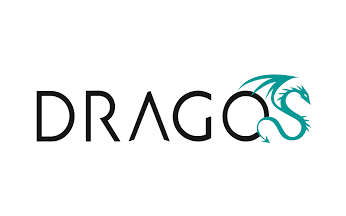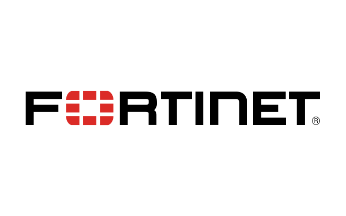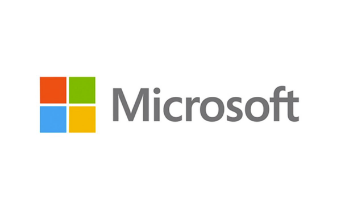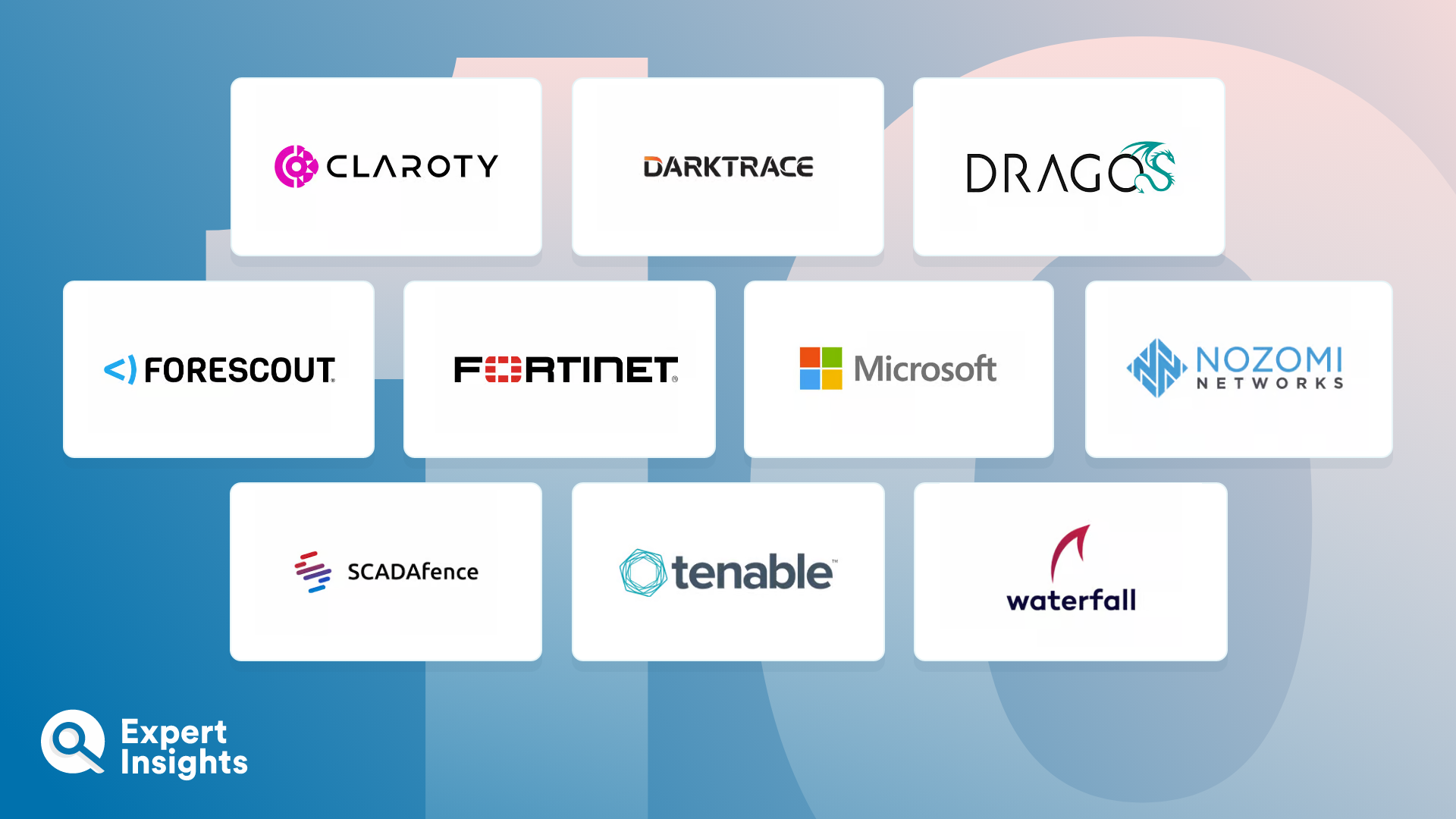Everything You Need To Know About Operational Technology (OT) Security (FAQs)
What Is Operational Technology (OT)?
Operational technology refers to the hardware and software used to monitor, control, and automate physical industrial processes, devices, and infrastructure. So, while IT systems manage virtual data and infrastructure, OT systems manage the physical world.
OT systems are made up of sensors, monitors, generators, programmable logic controllers (PLCs), and remote processing units (RPUs), amongst other technologies. They’re used across multiple industrial sectors, including manufacturing, utilities, transport, and healthcare, and they perform a broad range of tasks—from monitoring the performance and availability of critical infrastructure, to automating actions performed by machines or robots in a manufacturing environment.
What Is Operational Technology (OT) Security?
OT security solutions exist to protect OT systems and against cyberattacks. They include a wide range of technologies—such as next generation firewalls (NGFWs), security information and event management (SIEM) systems, and identity and access management (IAM), among others—that, combined, protect people, physical assets, and information.
Traditionally, OT and IT systems have been distinct and separate from one another. However, with the recent rise of digital innovation initiatives and the Industrial Internet of Things (IIoT), the two have begun to converge. OT systems are now often connected to the internet or to wider corporate networks, providing easier management and enhanced visibility—but also rendering them vulnerable to cyberattacks.
Because OT systems can be used to manage and control critical infrastructure and potentially dangerous devices and machinery, it’s critical that they’re protected against cyber threats. If a threat actor successfully manages to compromise an OT system, they can weaponize that environment to cause physical harm to humans or cause huge operational disruptions—often with the “promise” (you can’t trust the word of a cybercriminal, after all) of restoring systems to their usual state once the victim organization pays a hefty ransom.
Why Should You Secure Your OT Devices?
In the past, cybercriminals have been most interested in stealing data. However, as they realize the potential to disrupt businesses—and even entire nations—by compromising OT security, they’ve begun developing attacks targeting specifically at organizations and industries that rely on operational technology.
OT is used across a large majority of industrial organizations on a daily basis—from keeping refrigerators cold and water clean, to controlling traffic signals, to monitoring patients in an intensive care unit. If a cybercriminal were to breach an unsecured OT system, they could take control of all the OT devices connected to that system—causing business disruption, loss of revenue, and even physical harm.
Unfortunately, OT systems have a number of vulnerabilities that make them particularly susceptible to cyber threats. Firstly, the lifecycle of an OT device, such as a piece of manufacturing equipment, can span decades. This means that there often aren’t any security updates being produced for legacy or outdated OT devices, making them difficult to patch.
Secondly, many OT devices use proprietary or legacy communication protocols that don’t offer security features such as encryption. This makes it easy for threat actors to infiltrate communication to and from these devices; and if they do manage to breach those communications, they can also tamper with them.
Thirdly, OT systems often lack adequate authentication and access controls, enabling unauthorized actors to gain access to sensitive systems and data unnoticed.
And finally, as OT and IT networks converge, threat actors can exploit one network to compromise the other. This means that, if an organization’s OT system is breached, the attacker could potentially access not only all that company’s OT devices, but also all of their data.
A strong OT security solution can help minimize these risks by ensuring that all OT devices and the system that controls them are protected with multiple layers of security technologies, in order to prevent threat actors from taking control of them.
What Features Should You Look For In An OT Security Solution?
The OT security solution you choose to invest in will depend largely on what industry you’re operating in, and what regulations you must comply with. OT security solutions are often very specialized, with providers offering feature sets tailored to specific use cases. That being said, there are some features that any OT security solution worth its salt should offer. These include:
- Asset discovery. OT networks can be complex, with OT devices often being spread over multiple physical locations or sites. Your OT security solution should identify all of your OT devices, including their locations, and create a comprehensive inventory that gives to up-to-date visibility of all the devices in your OT network.
- Identity and access management. Your OT solution should implement strong identity and access controls for anyone wishing to access the OT system or make any changes to devices. These controls might include multi-factor authentication or adaptive/risk-based authentication.
- Network segmentation. Segmenting your network allows you to isolate your OT system and devices from your IT network, preventing unauthorized users from discovering assets they aren’t allowed to access, and ensuring that, if one device is compromised, the threat cannot spread to other areas of the network.
- Threat detection and prevention. It’s absolutely critical that your OT security solution is able to identify anomalous activity within your OT network that could indicate the network has been compromised. For example, OT security solutions often place a firewall at the boundary of each network segment; this inspects traffic for malicious content or commands, then blocks any potentially malicious traffic.
















